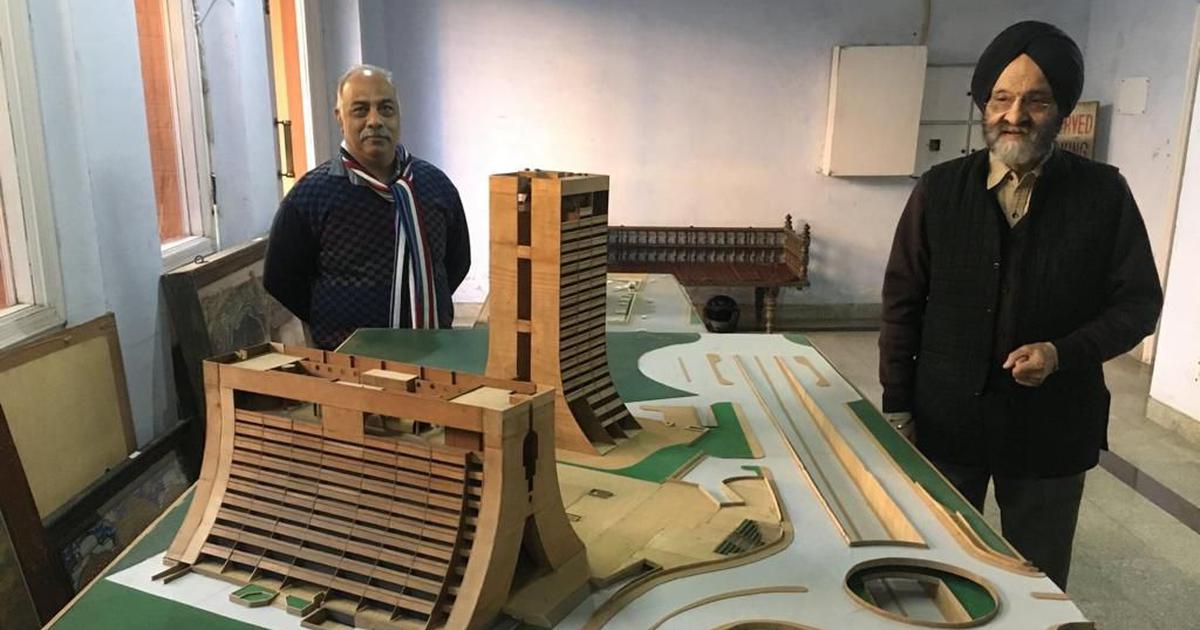Kuldip Singh died on November 10 from complications due to Covid-19. He was a master architect, city planner, and builder, with some of Delhi’s most important and innovative modernist structures to his credit. He was an artist in the use of architectural concrete, though he preferred not to refer to himself as a Brutalist; the term, he said, served only to constrict one’s creativity.
A quiet, soft-spoken man, Singh enjoyed Urdu poetry. In his retirement years he devoted himself to collecting South Indian art. Yet his most successful buildings were composed of hulking, massive geometrical forms which, to many eyes, at least, would appear to be both unpoetic and inartistic.
Source: Read the full news on scroll.in







